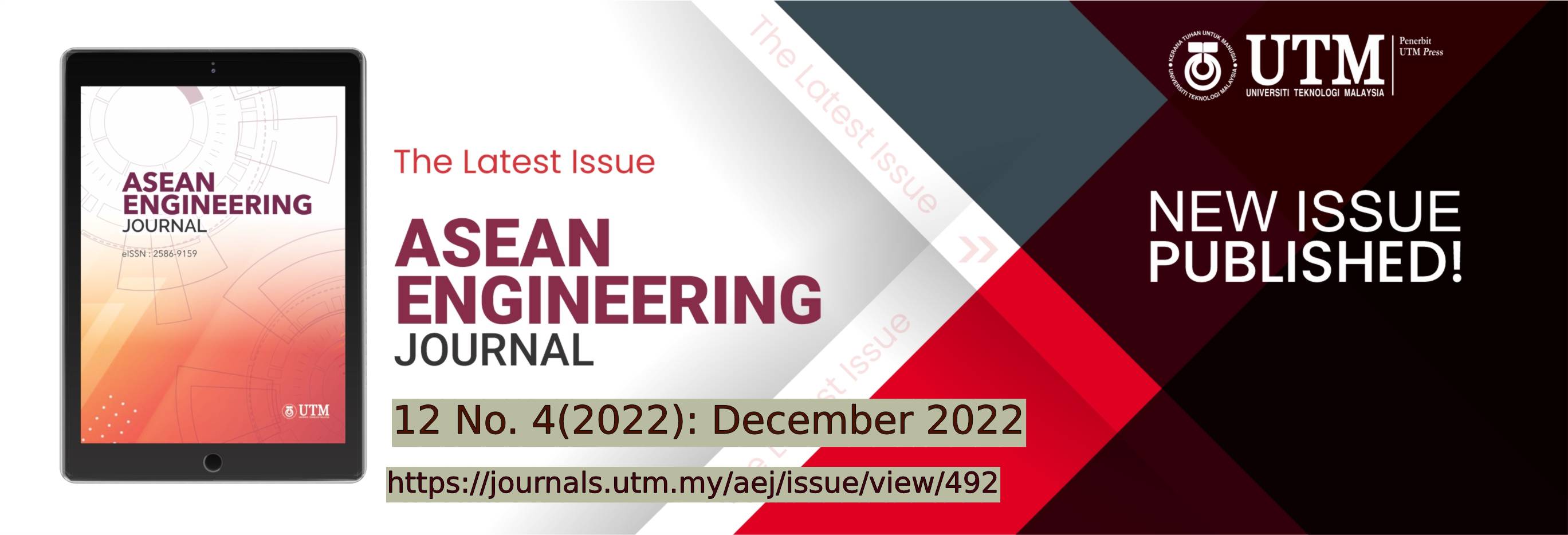A NOVEL FLIGHT CONTROLLER DESIGN FOR MODULAR APPLICATIONS
DOI:
https://doi.org/10.11113/aej.v12.17561Keywords:
Casing, Flight controller, Pixhawk, Pixhawk cube, UAVAbstract
A local flight controller was developed for modular applications based on the Pixhawk 1 flight controller with modifications to accommodate companion computer provision for future integration. This design is made for future modular applications, but for now, the functionality and performance of the local flight controller were tested and compared to the Pixhawk flight controller. A simple 3D printed enclosure was made to house the local flight controller for easier mounting on UAV frames. To compare the performance of the developed controller, two setups were made: local flight controller and Pixhawk 1 on separate quadcopter frames, and local flight controller and Pixhawk Cube on separate fixed-wing frames. The flight controllers made use of the Ardupilot firmware, specifically ArduCopter and ArduPlane in conducting the flight tests. Auto flight mode was used to have autonomous flights which were then used to compare the flight data between test setups. The desired position and actual position were compared for each flight controller, and their differences with the other flight controllers were compared to see the variation between the different controllers used. After analyzing the data, the local flight controller developed was proven able to produce comparable results with the Pixhawk flight controllers. The percent difference between the mean values of the Pixhawk 1 and the local flight controller were 3.7064% and 8.6128% using the quadcopter frame for Position X and Y, respectively, while for the Pixhawk Cube and the local flight controller, the values were 12.6866% and 1.1045% using the fixed-wing frame, respectively.
References
Z. Domozi and A. Molnar, 2019 “Surveying private pools in suburban areas with neural network based on drone photos,” EUROCON 2019 - 18th International Conference on Smart Technologies. 1–6. DOI: 10.1109/EUROCON.2019.8861770.
G. Zhang, B. Shang, Y. Chen, and H. Moyes, 2017 “SmartCaveDrone: 3D cave mapping using UAVs as robotic co-archaeologists,” in 2017 International Conference on Unmanned Aircraft Systems, ICUAS 2017, 1052–1057. DOI: 10.1109/ICUAS.2017.7991499.
F. Fabra et al., 2020 “MUSCOP: Mission-Based UAV Swarm Coordination Protocol,” IEEE Access, 8: 72498–72511. DOI: 10.1109/ACCESS.2020.2987983.
A. Tahir, J. Böling, M. H. Haghbayan, H. T. Toivonen, and J. Plosila, 2019 “Swarms of Unmanned Aerial Vehicles — A Survey,” Journal of Industrial Information Integration, 16(August): 100106. DOI: 10.1016/j.jii.2019.100106.
M. Chen, H. Wang, C. Y. Chang, and X. Wei, “SIDR: A swarm intelligence-based damage-resilient mechanism for UAV swarm networks,” IEEE Access. 8: 77089–77105, 2020. DOI: 10.1109/ACCESS.2020.2989614.
H. Teng, I. Ahmad, A. Msm, and K. Chang, 2020 “3D Optimal Surveillance Trajectory Planning for Multiple UAVs by Using Particle Swarm Optimization with Surveillance Area Priority,” IEEE Access. 8: 86316–86327. DOI: 10.1109/ACCESS.2020.2992217.
I. H. V. Gue and A. Y. Chua, 2018. “Development of a fuzzy GS-PID controlled quadrotor for payload drop missions,” Journal of Telecommunication, Electronic and Computer Engineering. 10(1–5): 55–58
J. L. Piquero et al., 2019. “A NEW SLIDING MODE CONTROLLER IMPLEMENTATION ON AN AUTONOMOUS QUADCOPTER SYSTEM,” International Journal of Automation and Smart Technology, 9(2): 53–63. DOI: 10.5875/ausmt.v9i2.1876.
C. Dim, F. Nabor, G. Santos, M. Schoeler, and A. Chua, 2019. “Novel Experiment Design for Unmanned Aerial Vehicle Controller Performance Testing,” IOP Conference Series: Material Science and Engineering, 533: 012026, DOI: 10.1088/1757-899x/533/1/012026.
E. R. Magsino, M. F. Say, and J. A. Tan, 2020. “Achieving Complete UAV Delivery in the Presence of Motor Failures,” ISCAIE 2020 - IEEE 10th Symposium on Computer Applications and Industrial Electronic. 1–5
DOI: 10.1109/ISCAIE47305.2020.9108809.
J. Mcclure, 2019 “A Low-Cost Search-and-Rescue Drone for Near Real-Time Detection.of Missing Persons,” 2019 14th Annual Conference System of Systems Engineering (SoSE), 280–285. DOI: https://doi.org/10.1109/SYSOSE.2019.8753882
Y. Wang, X. Wang, S. Zhao, and L. Shen, 2018 “A Double-layer Fuzzy Controller for the Altitude of Fixed-wing Unmanned Aerial Vehicles,” in Chinese Control Conference, CCC, Oct. 2018, 10008–10013. DOI: 10.23919/ChiCC.2018.8483197.
A. v. van Asares, P. S. Ko, J. S. Minlay, B. R. Sarmiento, and A. Chua, 2019. “Design of an unmanned aerial vehicle blimp for indoor applications,” International Journal of Mechanical Engineering and Robotics Research, 8(1): 157–161. DOI: 10.18178/ijmerr.8.1.
J. Cuevas, A. Chua, E. Sybingco, and E. A. Bakar, 2017. “Identification of river hydromorphological features using Viola-Jones Algorithm,” IEEE Region 10 Annual International Conference, Proceedings/TENCON, 2300–2306. DOI: 10.1109/TENCON.2016.7848439.
J. Cuevas, A. Chua, E. Sybingco, and E. Abu Bakar, 2019 “Identification of River Hydromorphological Features Using Histograms of Oriented Gradients Cascaded to the Viola-Jones Algorithm. DOI: 10.18178/ijmerr.8.2.289-292.
J. Hu, Y. Niu, and Z. Wang, 2017 “Obstacle avoidance methods for rotor UAVs using RealSense camera,” in Proceedings - 2017 Chinese Automation Congress, CAC 2017, Oct. 2017, 7151–7155. DOI: 10.1109/CAC.2017.8244068.
J. Gonzalez, A. Chavez, J. Paredes, and C. Saito, 2018 “Obstacle Detection and Avoidance Device for Multirotor UAVs through interface with Pixhawk Flight Controller,” in 2018 IEEE 14th International Conference on Automation Science and Engineering (CASE), 110–115. DOI: 10.1109/COASE.2018.8560370.
L. Meier, P. Tanskanen, F. Fraundorfer, and M. Pollefeys, 2011, “PIXHAWK: A system for autonomous flight using onboard computer vision,” in 2011 IEEE International Conference on Robotics and Automation, 2992–2997. DOI: 10.1109/ICRA.2011.5980229.
F. Lin and F. Qi, 2016. “Research on the hardware structure characteristics and EKF filtering algorithm of the autopilot PIXHAWK,” Proceedings - 2016 6th International Conference on Instrumentation and Measurement, Computer, Communication and Control, IMCCC 2016. 228–231, DOI: 10.1109/IMCCC.2016.128.
Ardupilot, “Extended Kalman Filter Navigation Overview and Tuning,” 2021. https://ardupilot.org/dev/docs/extended-kalman-filter.html (accessed Nov. 03, 2021).
















